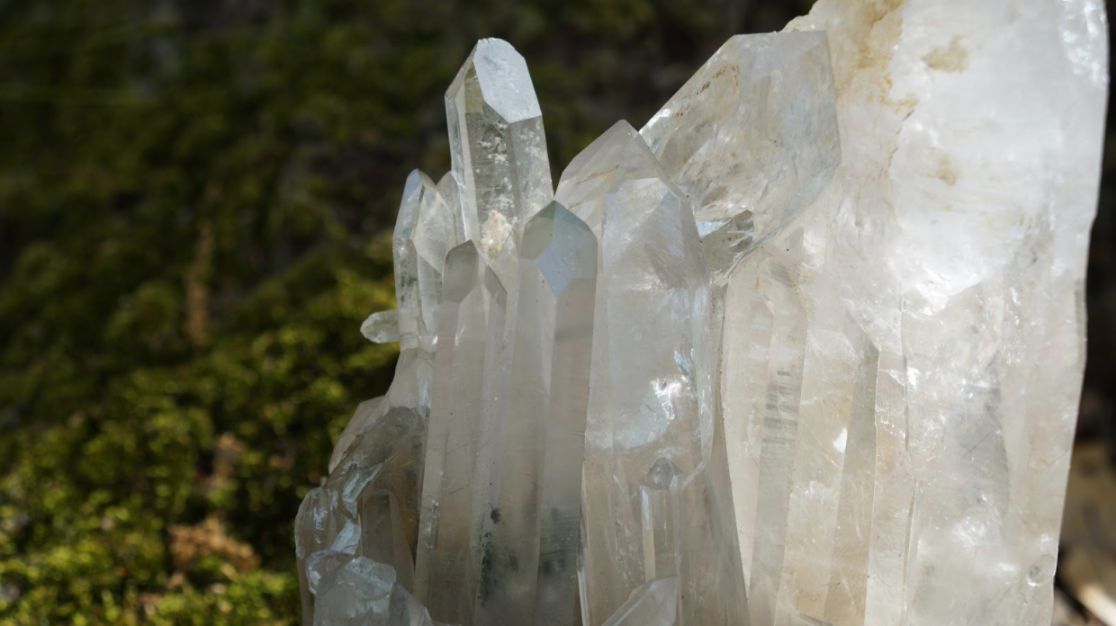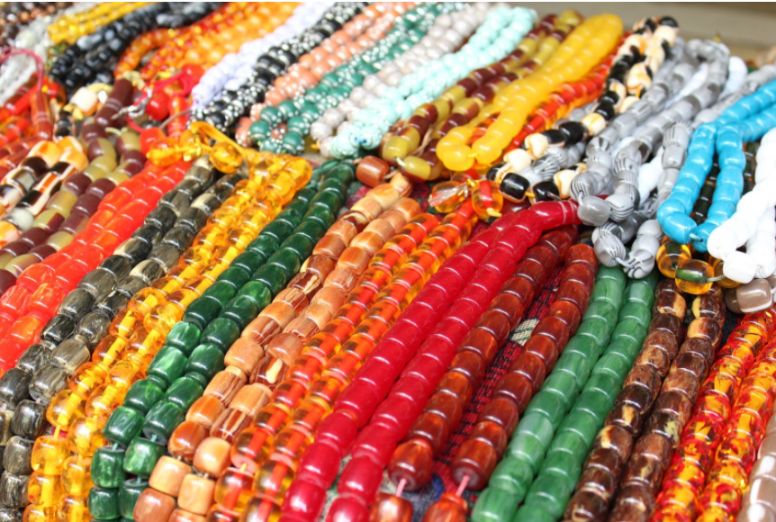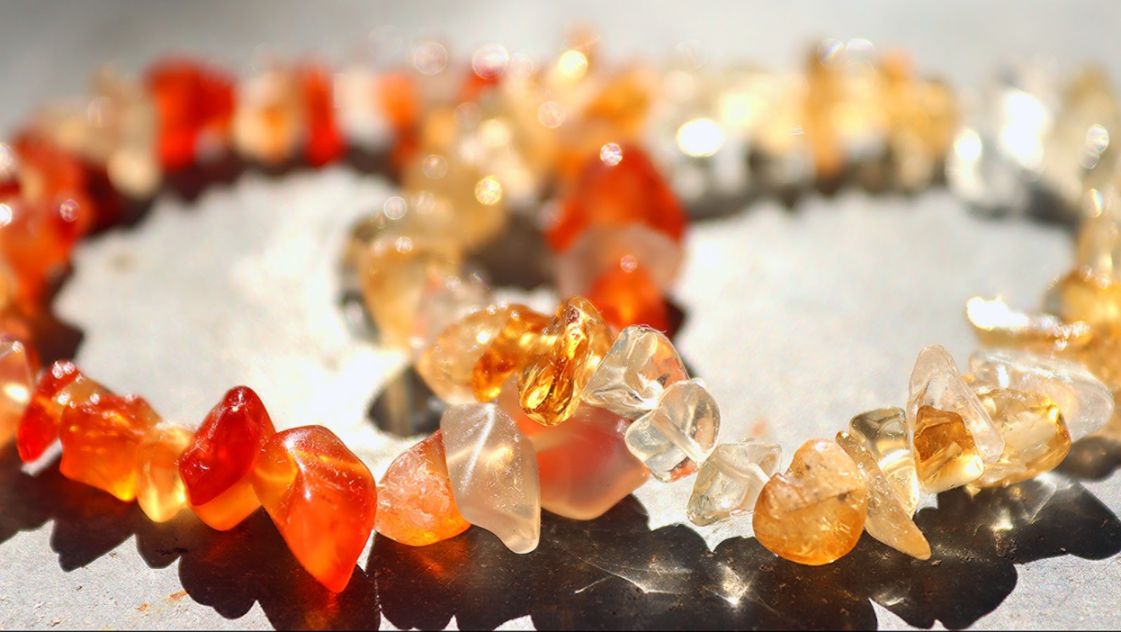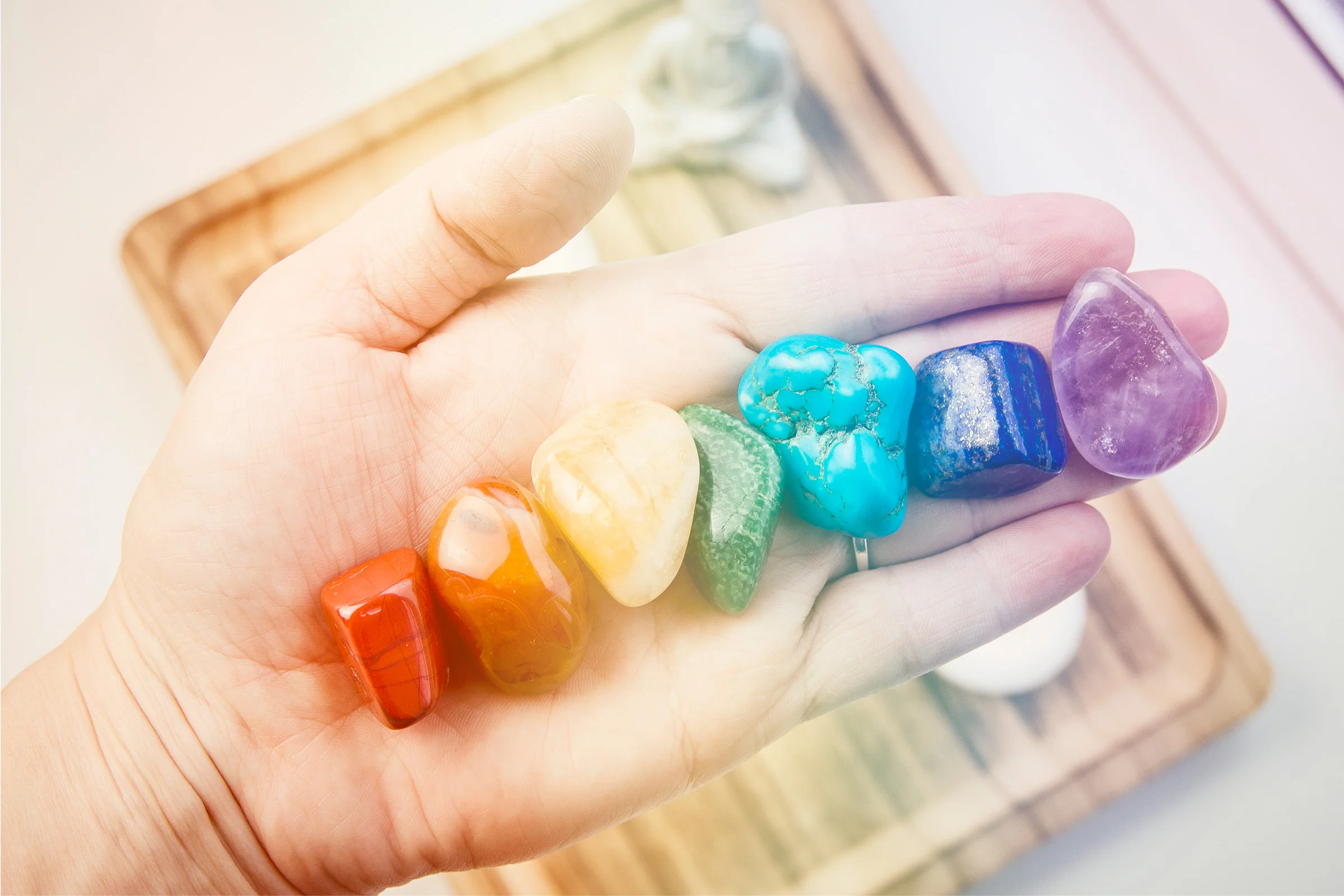Since the days of the Stone Age, humans have always had an inherent fascination with gemstones and their mystical powers. The meaning and history of gemstones and crystals is something that cannot be fully explained by science, but it’s still something that is understood by almost every human that has lived and will ever live.
Whether it’s the captivating beauty of their luster or the unexplainable healing benefits, gemstones have played an essential part in many religions and cultures throughout the world. In this article, we’ll take a look at the role that gemstones have played throughout history.
What Are Gemstones And How Did They Get Here?
Gemstones are natural, crystallized minerals that can be utilized for a variety of purposes such as incorporating them in jewelry, decorations, spiritual or healing objects. Gemstones are different from crystals in that they are rare, durable, and considered aesthetically appealing. Crystals, on the other hand, are classified as any mineral with a crystalline structure.
There are two classifications for gemstones: precious and semi-precious. Precious gemstones, such as diamonds and rubies, are much harder to find when compared with semi-precious gemstones and are more valuable and expensive. Regardless of their rarity, gemstones in general are some of the hardest and most durable natural materials on earth and have been a sign of wealth and status throughout the ages.
The history of gemstones and crystals starts way before humans ever walked the earth. The actual formation of minerals and gemstones goes back millions of years and is still constantly occurring.
These materials are naturally formed in magma located beneath the surface of the Earth. When the magma is forced up to the Earth’s crust, it cools at a slow rate and, depending on the chemical composition, can form into crystals. This formation generates igneous rocks. If the magma penetrates through the surface of the Earth, it will typically cool too quickly and not have the time to crystallize.
It’s also possible for existing rocks and gemstones located in Earth’s crust to be pushed back into the mantle and recrystallize into new minerals. This is called metamorphic rock and consists of the majority of gemstones found today.
Ancient History
Since their first discovery thousands of years ago, gemstones have been highly sought after for their beauty, religious symbolism, and practical use as a material for tools and weapons. Even ancient civilizations separated by thousands of miles still shared the same veneration when it came to gemstones, something that is still shared to this day.
Ancient Egypt
Known as one of the earliest civilizations to utilize gemstones in Africa, ancient Egyptians have been around since around 3150 BC. The ancient Egyptians would incorporate a variety of gemstones, such as carnelian and amethyst, into jewelry and would often make beaded necklaces out of them. In southern Egypt, obsidian was often imported to create jewelry and to use as a material in weapons and everyday items.
One of the most valued gemstones in ancient Egypt was lapis lazuli, known for its mystical, dark blue luster. When the tomb of Tutankhamun, or King Tut, was discovered in 1925, archaeologists found countless pieces of jewelry made with lapis lazuli and even found that parts of his golden funeral mask contained this particular gemstone.
Lapis lazuli was also used for makeup and is believed to have been Cleopatra’s favorite shade of eyeshadow. This proves that it was one of the most important gemstones to the elite class and royalty. It even became associated with life and the heavens.
Ancient China
Halfway across the world in China, a different gemstone was being used for similar purposes. Jade is a glass-like gemstone that is used as a common name for both jadeite and nephrite stones. When one thinks of jade gemstones, they probably think of its beautiful green complexion. Its striking beauty is something that has been admired by the Chinese as far back as 6000 BC and was used for a variety of practical and spiritual purposes.
Just like lapis lazuli in Egypt, jade was considered an “imperial gem” for the royal families and upper class in ancient China. This is because it was believed to bestow eternal life for the wearer and was able to protect from negativity and evil. When imperial rulers of the Han dynasty died, their burial suits were made with jade plaques to prevent their bodies from decaying.
Today, jade is still a gemstone that is revered in Chinese culture as well as around the world.
Ancient Greece and Rome
The use of gemstones in ancient Greece dates back to approximately 1600 BC where it was a common belief that gemstones held the power of the gods. The Greeks used many gemstones for many different purposes. Powdered forms of hematite were often coated on soldiers before battle to enhance their strength.
The name “amethyst” also comes from the Greek word for “not intoxicated”, as it was an ancient belief that wearing amethyst gemstones or drinking out of amethyst vessels would prevent the user from becoming overly intoxicated.
In mythology, the creation of amethyst is from a legend about Dionysus, the god of wine. The legend stated that Dionysus was insulted by a mortal and took his anger out on a woman named “Amethyste.” When the woman was being attacked by Dionysus, she was protected and turned into a quartz statue by the goddess Artemis. When Dionysus saw this, he was angered even more and poured his wine onto the statue, turning it into a purple stone and thus creating amethyst!
These mythological associations and legends about amethyst were later carried on by the Romans. In Roman society, a variety of gemstones were used for ceremonial purposes as well as jewelry and decorations. Besides amethyst, these included sapphire, garnet, and pearls. The classification of gemstones is also credited to Pliny the Elder, a Roman author, scholar, and naval commander.
In his book “Natural History,” Pliny the Elder documented gemstones that he found during his travels and developed a system to classify them based on their size and color. Although this led to incorrect classifications for gemstones, it’s still important because it was the first attempt to categorize gemstones and later helped develop future classification systems in Gemology.
Ancient India and Hinduism
In India, the role of gemstones in culture and religion spans thousands of years and started with the Indus River Civilization. Regions such as Golconda and Kashmir have large reserves of diamonds, sapphires, and a number of other precious and semi-precious gemstones. In Hinduism, gemstones and crystals are believed to relate to the planets, provide a balancing effect to the body, and have spiritual healing powers.
Gemstones were often crushed into powder form and used in Ayurvedic medicines because of their seemingly magical powers. They were also used (and are still used today) to heal the seven chakra points in your body. These inner points run along your spine and influence every aspect of your life.
Modern History
Gemstones grew in popularity in Western culture mostly for aesthetic-use in fashion and jewelry. They had come to represent wealth and power for the upper classes and royal families of Europe. They’ve also been used for religious and spiritual purposes, but not to the same extent that ancient and Eastern cultures had used them. This demand for gemstones and crystals was a driving force behind Colonialism, leading many European nations to search for gemstones and other natural resources around the world.
Beginning in the 19th century, many scientists and researchers began to study the chemical compositions of gemstones and developed the classification system that is still used today.
Gemstones and crystals were also a defining factor in Art Nouveau and Art Deco jewelry; their popularity among celebrities and the rich grew even more. Beginning in the 1960s, gemstones started to become synonymous with the holistic medicine and therapy movements. These movements looked at utilizing forms of medicine that takes a comprehensive approach to healing the mind, body, and soul.
Most of the concepts surrounding gemstones and wellness became common practice in these fields. These concepts are also what prompted us to incorporate the health benefits of gemstones into every one of our HealthyLine products!
So, why do I need gemstones?
For thousands of years, gemstones and crystals have been a pervasive symbol of health and spirituality. Throughout the history of gemstones and crystals, so many people have healed their bodies from discomfort, cleansed themselves from negativity, and achieved spiritual enlightenment because of these mystical stones. In fact, these healing powers of crystals are something that is still utilized today.
At HealthyLine, every one of our mats and products contains a variety of gemstones in different forms. This is because we are fully aware of the therapeutic benefits that gemstones can offer. They are also natural conductors of far infrared heat and negative ions—both of which are powerful healers in their own right.
The holistic approach to better health is something that we knew we wanted to give our customers so you can finally achieve your wellness potential!











